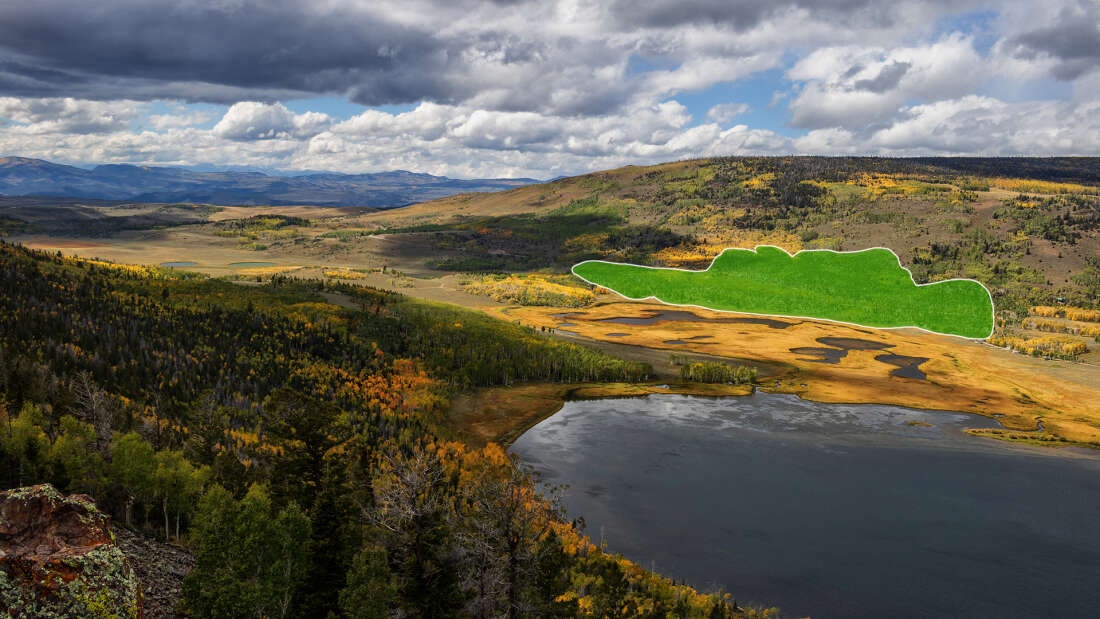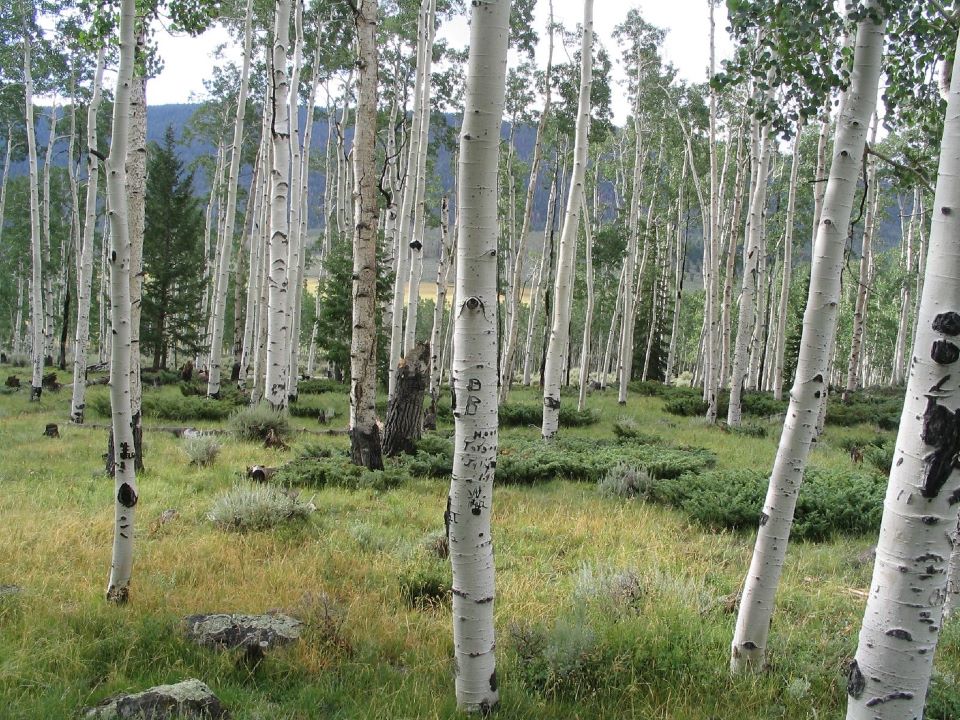Utah has a unique ecosystem, but deer, disease, and climate change threaten the giant Pando Forest. Although great resources have been expended to preserve this unique colony, the desired result has not materialized, and the forest is still shrinking.
The Largest and Heaviest Organism in the World
There is a remarkable living organism Pando in the state of Utah, USA. A large colony of genetically identical quaking aspen trees is slowly dying. At first glance, it looks like an ordinary forest that we commonly encounter. But Pando is a massive group of quaking aspens (Populus tremuloides) strains that are genetically identical and interconnected by roots in a single giant organism, many thousands of years old.

There are currently about 47,000 trees in the colony, and the total weight of this ecosystem is around 6,000 tons – these facts make it the heaviest living organism we know on Earth. Aspen poplar tends to form clonal stands even in colder areas of North America. Pando is unique in its size. The forest grows on about 43 hectares, while the average clonal quaking aspen tends to be only 0.03 hectares.
The Aspen Forest Faces Risks
Quaking aspen is the national tree of Utah, and the federal authorities protect the Pando Forest, so it is not in danger of being felled. However, the mentioned protection also represents a fundamental threat to this biological uniqueness. It also includes animals that live and threaten Pando.

One of the biggest current forest problems is deer. Eared deer graze young trees and shoots. Because the quaking aspen is Utah’s national tree and the federal authorities protect Pando Forest, deers are also protected. Hunters are not allowed to shoot animals in the area. And the numbers of natural predators, wolves, and bombs have declined as deer herds thrive.
The unique ecosystem is also devastated by disease and the adverse effects of climate change. Scientists consider moisture loss to be the main risk, especially when young shoots grow at the beginning of the year. Rising temperatures also mean a higher risk of more intense fires, which can devastate the millennial colony.
Source: https://www.iflscience.com/plants-and-animals/the-worlds-largest-organism-is-slowly-being-eaten-by-deer/, featured photo: https://pxhere.com/en/photo/957929















